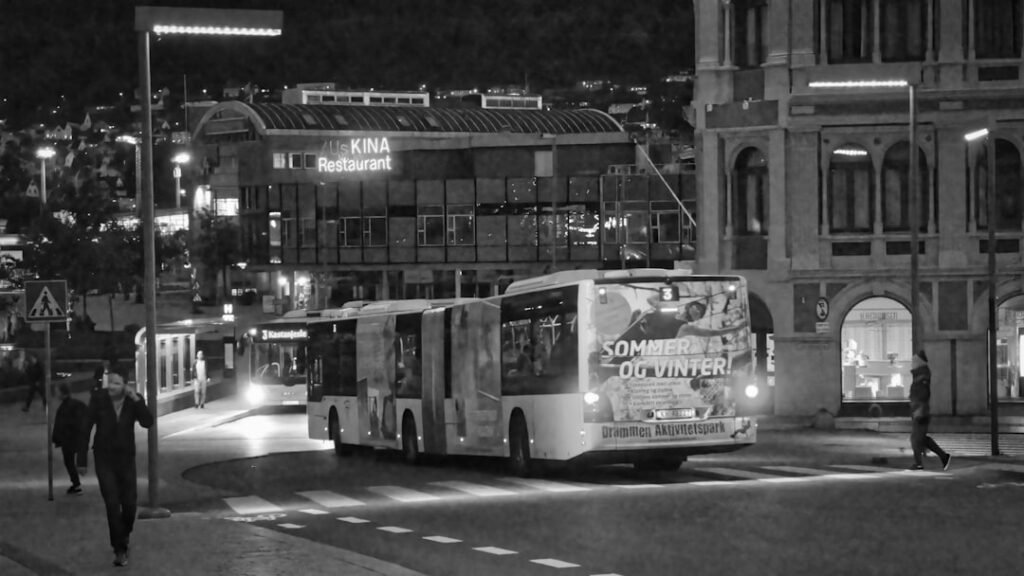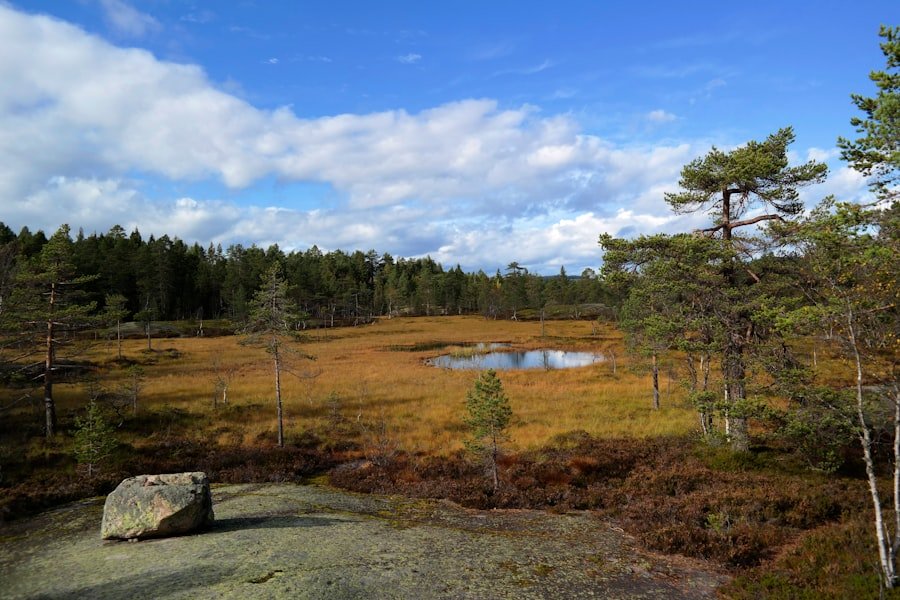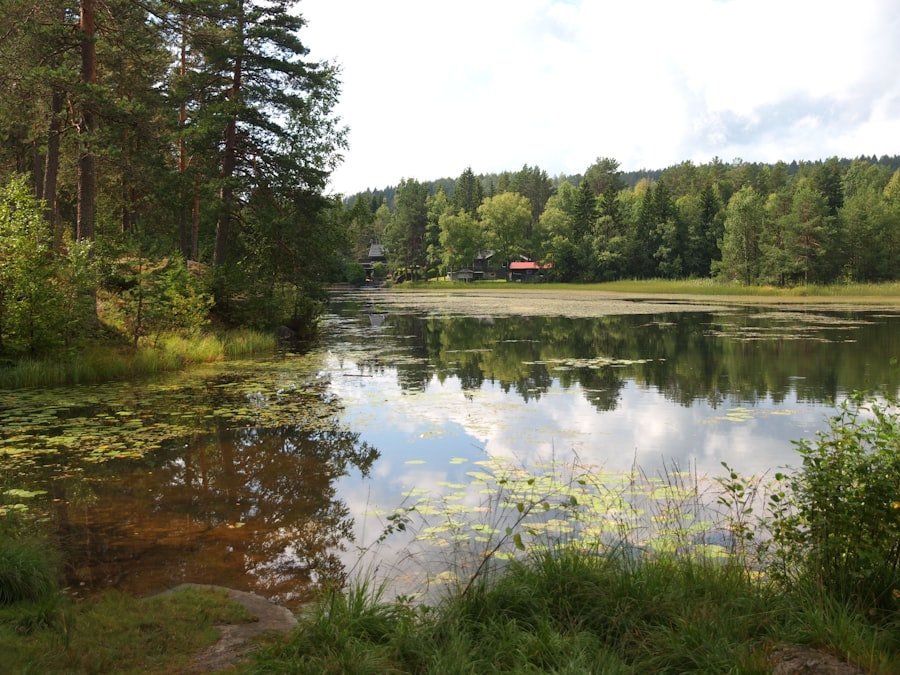

Useful Norwegian Phrases for Starting and Ending a Conversation
When embarking on a journey to learn Norwegian, one of the first steps is mastering the art of greetings. In Norway, greetings are not merely a formality; they reflect the warmth and friendliness of the culture. A simple “Hei” (Hi) is a common way to greet someone, suitable for both casual and formal situations.
For a more formal approach, especially when addressing someone you do not know well, “God dag” (Good day) is appropriate. This phrase conveys respect and politeness, making it ideal for initial encounters. In addition to these basic greetings, Norwegians often use “Hvordan har du det?” (How are you?) as a follow-up to their initial greeting.
This phrase not only shows interest in the other person’s well-being but also opens the door for further conversation. It is essential to remember that greetings in Norwegian culture are often accompanied by a smile and eye contact, which enhances the warmth of the interaction. Thus, mastering these simple yet effective greetings can significantly enrich your experience in Norway. The NLS Norwegian Language School offers comprehensive courses for all levels. Register today to get started.
Table of Contents
ToggleSummary
- “Hei” is the most common way to say “hello” in Norwegian
- When introducing yourself, say “Jeg heter” followed by your name
- To ask how someone is doing, say “Hvordan har du det?”
- “Takk” means “thank you” in Norwegian
- When asking for directions, say “Kan du hjelpe meg?”
Introducing yourself in Norwegian
Once you have exchanged greetings, the next step is to introduce yourself. In Norwegian, you can say “Jeg heter [Your Name]” (My name is [Your Name]). This straightforward introduction allows you to share your name with ease.
Following this, you might want to add a little more about yourself, such as where you are from or what you do. For instance, “Jeg kommer fra [Your Country]” (I come from [Your Country]) or “Jeg jobber som [Your Profession]” (I work as [Your Profession]) can provide context and foster a deeper connection. It is also common to ask the other person about themselves after your introduction.
You can say “Og du?” (And you?) to invite them to share their name and background. This exchange not only helps in building rapport but also demonstrates your interest in the conversation. By practising these introductory phrases, you will find it easier to engage with locals and make new friends during your time in Norway.
Asking how someone is doing in Norwegian

After introducing yourself, it is customary to inquire about the other person’s well-being. In Norwegian, you can ask “Hvordan går det?” (How’s it going?). This phrase is widely used and conveys a genuine interest in the other person’s current state.
Depending on the context, you might also hear variations like “Hvordan står det til?” (How are things?) or “Hvordan har du det?” (How are you?). Each of these phrases serves the same purpose: to show that you care about the other person’s feelings and experiences. When someone responds to your inquiry, it is polite to listen attentively and engage with their answer.
If they share something positive, you might respond with “Det er bra!” (That’s good!) or if they mention challenges, a sympathetic “Åh, det høres vanskelig ut” (Oh, that sounds difficult) can help deepen the conversation. By asking about someone’s well-being and responding thoughtfully, you create a friendly atmosphere that encourages open dialogue.
Expressing gratitude in Norwegian
Gratitude is an essential aspect of any conversation, and expressing thanks in Norwegian is straightforward yet impactful. The phrase “Takk” (Thank you) is commonly used and can be employed in various situations, from receiving a compliment to being handed an item. For more emphasis, you can say “Tusen takk” (Thank you very much), which conveys a deeper sense of appreciation.
This phrase is particularly useful when someone has gone out of their way to assist you or has provided exceptional service. In addition to verbal expressions of gratitude, it is customary in Norwegian culture to show appreciation through gestures. A smile or a nod can accompany your words, reinforcing your sincerity.
If you wish to express gratitude for something specific, you might say “Takk for hjelpen” (Thank you for your help) or “Takk for maten” (Thank you for the food). These phrases not only acknowledge the kindness of others but also contribute to building positive relationships within the community.
Asking for directions in Norwegian
Navigating a new city can be daunting, but knowing how to ask for directions in Norwegian can make the experience much smoother. A useful phrase to remember is “Unnskyld, kan du hjelpe meg?” (Excuse me, can you help me?). This polite request sets a respectful tone as you seek assistance.
Following this, you can specify your destination by saying “Hvor er [Destination]?” (Where is [Destination]?). For example, if you’re looking for the nearest bus station, you would say “Hvor er busstasjonen?” When receiving directions, it’s helpful to know some key vocabulary related to navigation. Words like “venstre” (left), “høyre” (right), and “rett fram” (straight ahead) will aid in understanding the instructions given by locals.
Additionally, phrases such as “Takk for hjelpen!” (Thank you for your help!) after receiving directions will leave a positive impression and encourage further interactions with the friendly Norwegians.
Ending a conversation politely in Norwegian

As conversations come to a close, it is important to end them on a polite note. In Norwegian, you can say “Det var hyggelig å snakke med deg” (It was nice talking to you) as a way to express your enjoyment of the interaction. This phrase not only conveys appreciation but also leaves the door open for future conversations.
If you’re in a hurry or need to leave, you might add “Jeg må gå nå” (I have to go now) to explain your departure. Another polite way to conclude a conversation is by saying “Ha en fin dag!” (Have a nice day!). This friendly farewell encapsulates goodwill and leaves a positive impression on the person you’ve been speaking with.
By mastering these closing phrases, you’ll ensure that your interactions end on a high note, fostering goodwill and encouraging future encounters.
Expressing interest in continuing the conversation in Norwegian
If you’ve enjoyed a conversation and wish to continue it at another time, expressing this interest is essential. You can say “Jeg vil gjerne snakke mer med deg” (I would like to talk more with you). This phrase clearly communicates your desire for further interaction and can lead to future meetings or discussions.
Additionally, asking questions like “Har du lyst til å ta en kaffe en dag?” (Would you like to grab a coffee one day?) can provide an opportunity for more casual conversations outside of formal settings. Moreover, showing enthusiasm about shared interests can strengthen your connection with the other person. For instance, if you’ve discussed hobbies or activities during your conversation, mentioning that you’d love to explore those topics further can be an excellent way to keep the dialogue alive.
By expressing genuine interest in continuing the conversation, you’ll foster meaningful relationships that enrich your experience in Norway.
Apologising in Norwegian
Mistakes happen in any language, and knowing how to apologise in Norwegian is crucial for maintaining good relationships. The phrase “Beklager” (Sorry) is commonly used and can be applied in various situations where an apology is warranted. If you’ve made a mistake or unintentionally offended someone, saying “Beklager så mye” (I’m very sorry) adds an extra layer of sincerity to your apology.
In more formal situations or when addressing someone older or of higher status, using “Unnskyld meg” (Excuse me) can be more appropriate. This phrase conveys respect while still acknowledging any missteps on your part. Remember that body language plays an important role when apologising; maintaining eye contact and using a sincere tone will enhance the effectiveness of your apology.
Asking for someone’s contact details in Norwegian
In today’s interconnected world, exchanging contact details has become commonplace when forming new friendships or professional connections. To ask for someone’s contact information in Norwegian, you might say “Kan jeg få nummeret ditt?” (Can I have your number?). This direct approach is generally well-received among Norwegians who appreciate straightforwardness.
If you’re looking for an alternative method of staying in touch, consider asking for their email address by saying “Kan jeg få e-posten din?” (Can I have your email?). Regardless of which method you choose, expressing gratitude after receiving their contact information with a simple “Takk!” (Thank you!) will reinforce your appreciation for their willingness to connect further.
Making small talk in Norwegian
Small talk is an essential social skill that helps break the ice and build rapport with others. In Norwegian culture, engaging in light conversation about everyday topics is common and appreciated. You might start with simple observations about the weather by saying “Det er fint vær i dag” (It’s nice weather today) or discussing local events by asking “Har du hørt om [Event]?” (Have you heard about [Event]?).
Additionally, asking about someone’s weekend plans or recent activities can lead to enjoyable exchanges. Phrases like “Hva skal du gjøre i helgen?” (What are you doing this weekend?) or “Har du gjort noe spennende i det siste?” (Have you done anything exciting lately?) encourage others to share their experiences and foster a friendly atmosphere conducive to further conversation.
Expressing well wishes in Norwegian
As conversations come to an end or when parting ways with someone you’ve just met, expressing well wishes is a thoughtful gesture that leaves a positive impression. In Norwegian, saying “Lykke til!” (Good luck!) conveys your support for their endeavours and aspirations. This phrase can be particularly meaningful if you’ve learned about their goals during your conversation.
Another way to express goodwill is by saying “Ha det bra!” (Take care!). This farewell not only signifies that you wish them well but also reinforces the friendly nature of your interaction. By incorporating these well-wishing phrases into your conversations, you’ll create an atmosphere of kindness and positivity that resonates with those around you.
As you embark on your journey of learning Norwegian, consider enrolling in courses at the NLS Norwegian Language School in Oslo. The school offers comprehensive programmes tailored for all levels of learners, ensuring that you gain confidence in speaking and understanding the language effectively. With experienced instructors and immersive learning experiences, NLS provides an excellent environment for mastering essential conversational skills like greetings, introductions, and small talk—all vital components of engaging with Norwegians in everyday life.
Whether you’re looking to enhance your language skills for travel or personal enrichment, NLS Norwegian Language School equips students with practical tools and knowledge necessary for successful communication in Norway’s vibrant culture. Embrace this opportunity to learn from dedicated professionals while connecting with fellow language enthusiasts who share your passion for exploring Norway through its language!
Start your Norwegian language journey with Oslo’s leading school.
If you want to learn Norwegian, you can register for classes here. We look forward to hearing from you and helping you become fluent in Norwegian.





